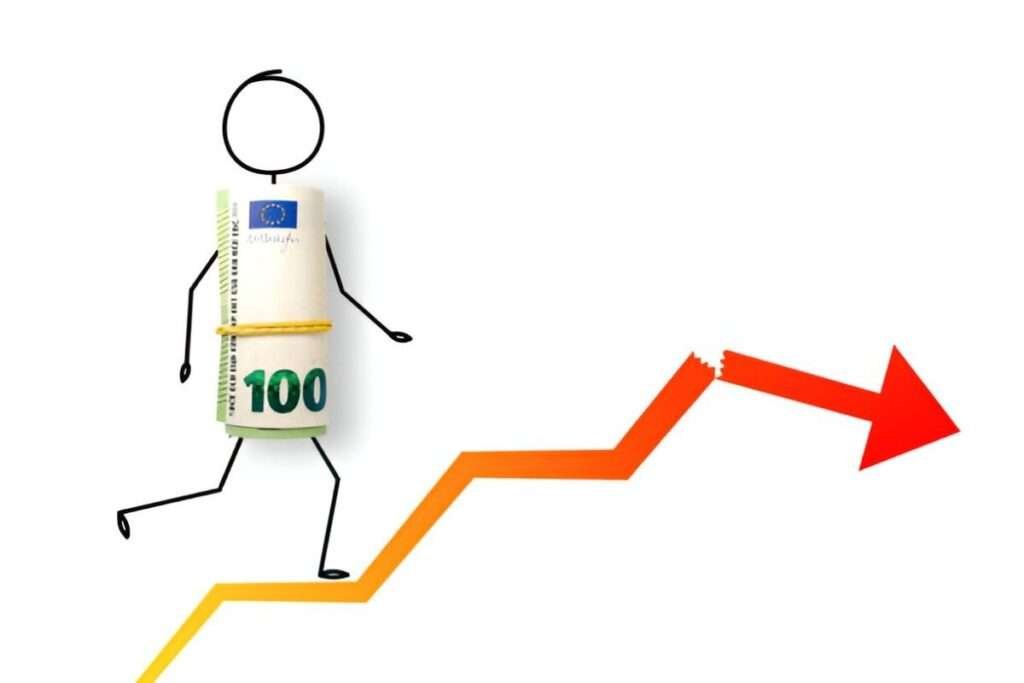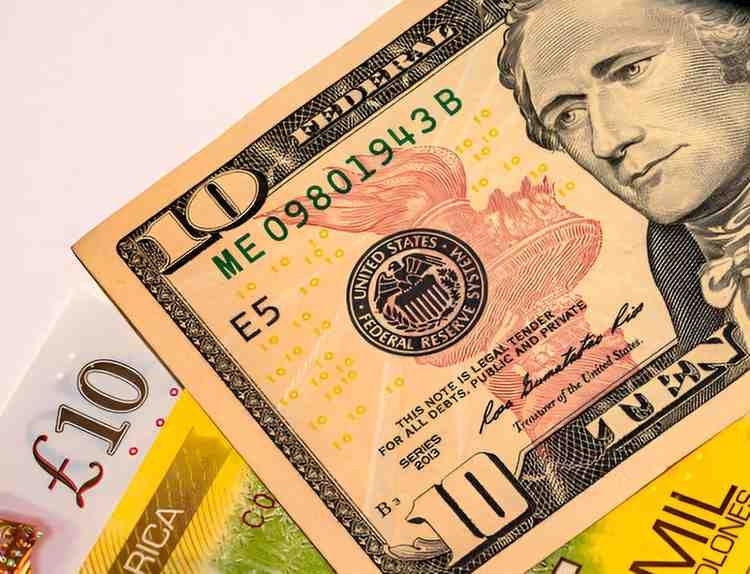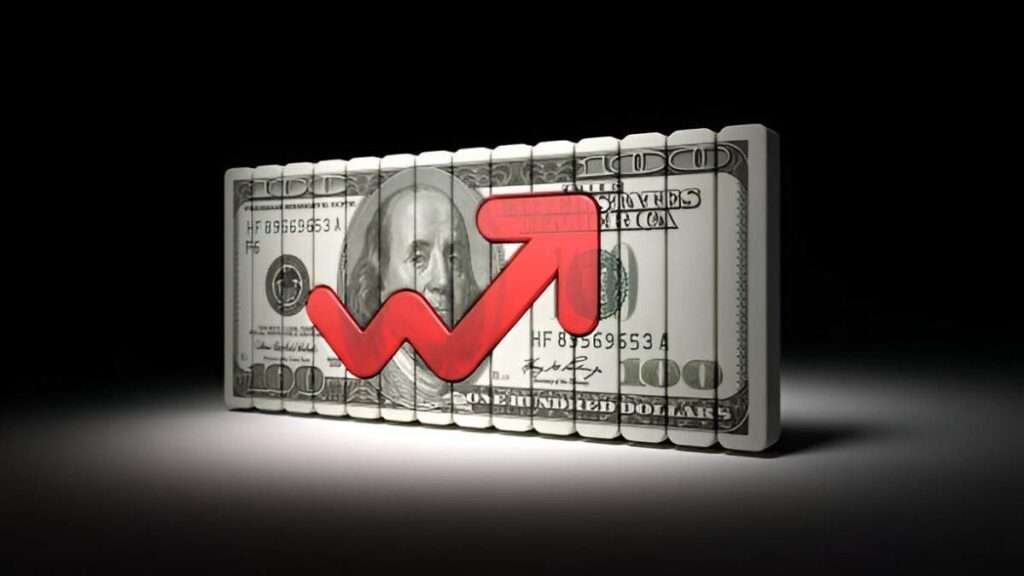The journey from a modest $1,000 investment to a multi-million-dollar fortune through forex trading sounds enticing, but it requires more than just luck. I want to walk you through this complex path, explaining the realistic steps and challenges involved. This is not a “get rich quick” scheme; rather, it’s a disciplined approach that involves strategy, knowledge, and risk management. Through this article, I’ll aim to give you a thorough understanding of what’s required to transform a small capital into substantial wealth by trading the foreign exchange market.
Table of Contents
Understanding Forex Trading
Forex, or foreign exchange, is the market where currencies are bought and sold. Unlike stock trading, where you buy shares of companies, forex trading involves trading currency pairs. For example, if you trade EUR/USD, you are buying the euro and selling the US dollar simultaneously. The value of currencies fluctuates based on a wide range of factors including interest rates, geopolitical events, and economic performance.
It’s a decentralized market, meaning it doesn’t have a central exchange like the New York Stock Exchange. Forex is accessible 24/5, with markets opening on Sunday evening and closing on Friday evening, offering ample trading opportunities. Because of the leverage available in the forex market, a relatively small investment can have significant returns—or losses.
Key Factors to Consider Before Starting
Before diving in, it’s essential to have a solid understanding of several key factors:
- Leverage – Forex trading often involves leverage, meaning you can control a larger position with a smaller amount of money. While this can lead to high profits, it also increases the risk of significant losses. With leverage, a trader may be able to control a $100,000 position with just $1,000, but if the market moves against the trade, the loss can quickly exceed the initial deposit.
- Risk Management – This is the backbone of successful forex trading. Knowing how much you are willing to risk on each trade is crucial. The best traders don’t just focus on profits; they manage their risks wisely. A common strategy is to risk no more than 1-2% of the account on each trade.
- Education and Strategy – Forex is a skill-based endeavor. It requires a lot of practice and ongoing learning. Successful traders often use a combination of technical and fundamental analysis, and they develop a trading strategy to suit their individual risk tolerance and objectives.
- Discipline – Emotional control is perhaps the hardest part of trading. It’s easy to get swept up in the excitement of potential profits or the despair of losses. Successful traders keep their emotions in check and stick to their plans, even in the face of short-term setbacks.
Step-by-Step Guide: Growing $1,000 into Millions
I’ll break down a realistic approach to turning $1,000 into a millionaire portfolio. This journey isn’t about a few lucky trades, but about sustained effort, discipline, and strategy. Let’s assume that you’re starting with $1,000 and looking to use your initial capital wisely to grow it over time.
Step 1: Setting Realistic Expectations
The first thing I’ll tell you is that it’s unlikely you’ll become a millionaire overnight. If you’re looking for a “get rich quick” formula, this is not it. Instead, focus on steady, incremental growth. Let’s say you aim for a conservative 10-15% return per month. This may seem modest, but it’s achievable, and it compounds significantly over time.
Step 2: Choose Your Trading Style
There are several different styles of forex trading, each with its own benefits and drawbacks:
- Scalping: This style involves making small, rapid trades, usually holding positions for minutes to hours. It requires a lot of time and attention, and traders typically rely on technical analysis to make quick decisions.
- Day Trading: Day traders open and close positions within a single trading day. They focus on short-term trends and often use technical indicators.
- Swing Trading: Swing traders hold positions for several days or even weeks, targeting larger price movements over time. This style can be more relaxed but requires a good understanding of market fundamentals.
- Position Trading: This long-term style involves holding positions for months or even years. It’s based on fundamental analysis, and it’s less frequent than the other styles.
If you’re starting with $1,000, swing trading or day trading might be the most suitable options, as they offer a balance between time commitment and potential profit.
Step 3: Develop a Trading Strategy
A sound strategy is the foundation of successful forex trading. Here’s how I would approach it:
- Choose Currency Pairs: In the beginning, it’s wise to focus on a handful of currency pairs. Major pairs like EUR/USD, GBP/USD, or USD/JPY are the most liquid and generally have lower spreads, meaning they’re cheaper to trade.
- Set Up Risk-Reward Ratios: I’d never risk more than 2% of my account on any single trade. A 2:1 risk-reward ratio means that for every dollar I risk, I’m aiming to make at least two.
- Use Stop Losses: I always use stop losses to protect myself from large, unexpected market moves. A stop loss helps limit potential losses to a predetermined amount.
- Keep Track of Economic Events: I pay attention to central bank decisions, economic data releases, and geopolitical events, as these can all affect currency prices.
- Practice on a Demo Account: Before committing real money, I recommend using a demo account to practice your strategy. This helps you gain experience without risking your capital.
Step 4: Calculating Potential Growth
Let’s run some numbers to see how an initial $1,000 investment can grow over time. For simplicity’s sake, assume an average monthly return of 10%. Starting with $1,000:
| Month | Starting Balance | Return (10%) | Ending Balance |
|---|---|---|---|
| 1 | $1,000 | $100 | $1,100 |
| 2 | $1,100 | $110 | $1,210 |
| 3 | $1,210 | $121 | $1,331 |
| 4 | $1,331 | $133 | $1,464 |
| 5 | $1,464 | $146 | $1,610 |
| 6 | $1,610 | $161 | $1,771 |
| 12 | $2,853 | $285 | $3,138 |
| 24 | $8,074 | $808 | $8,882 |
| 36 | $21,338 | $2,134 | $23,472 |
| 48 | $57,774 | $5,777 | $63,551 |
| 60 | $153,781 | $15,378 | $169,159 |
As you can see, after 60 months, your $1,000 investment could grow to $169,159. This exponential growth happens because of the power of compounding. Of course, this doesn’t factor in potential losses, taxes, and fees, but it shows the potential of steady, disciplined trading.
Step 5: Scaling Up
As your balance grows, it’s important to adjust your trading approach. A $1,000 account is much smaller and can be traded more aggressively, but as your balance increases, you may want to scale back and adjust your risk tolerance. Trading larger amounts means that a small move in the market could result in a significant gain—or loss—so managing your position size and risk becomes even more important.
Step 6: Overcoming Challenges
There are plenty of challenges on the way to turning $1,000 into a million. The biggest hurdles include:
- Emotional Control: It’s easy to get greedy during a hot streak or to panic after a series of losses. I’ve seen traders blow entire accounts because they failed to manage their emotions. Staying calm and sticking to your plan is essential.
- Market Conditions: The forex market is volatile, and not every trade will be a winner. There will be months where your strategy doesn’t work, and you’ll face drawdowns. The key is to remain patient and continue learning from your mistakes.
- The Risk of Leverage: Using leverage can magnify profits, but it also amplifies losses. It’s crucial to use leverage cautiously, especially when starting with a small account.
Step 7: Reaching $1 Million
Finally, reaching the $1 million mark requires continuous dedication, refinement of your strategy, and the ability to adapt to changing market conditions. It may take several years of consistent performance, but with the right mindset and approach, it is certainly achievable.
Conclusion
Turning $1,000 into a million through forex trading is possible, but it requires a disciplined approach, strategic planning, and emotional control. By setting realistic goals, managing risks, and continuously improving your trading skills, you can gradually grow your account into something substantial. Forex trading isn’t a get-rich-quick scheme, but with patience and perseverance, the rewards can be significant.





